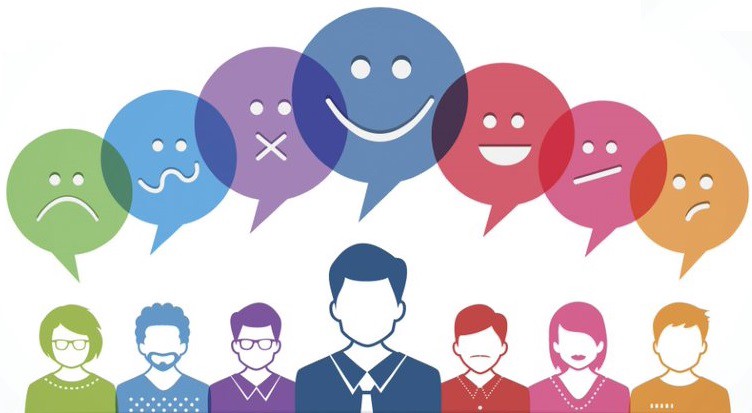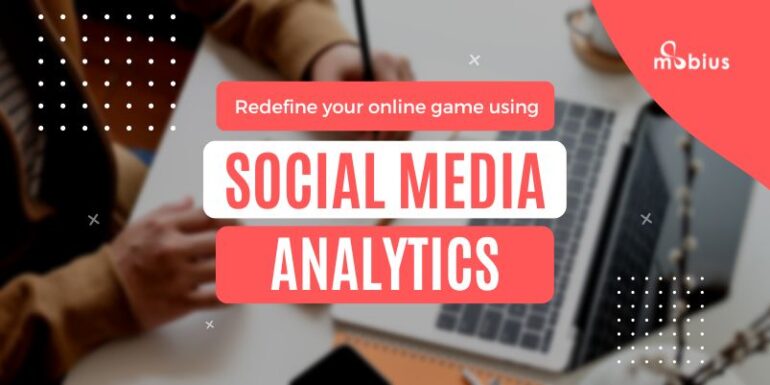Omnichannel businesses know the challenges of the online business world that other business channels have overlooked. Nevertheless, the online business world has a lot of tricky games. The reason behind this is the dynamic nature of customers’ needs and the wide array of opportunities that are available online. To uncover a relevant solution for this, businesses have begun to understand the cause-and-effect relationship of the factors underlying customers’ needs.
A critical aspect of this strategic move is understanding the online game, especially the one influenced by social media. Every business now runs its pages on different social media platforms. The competition gets bigger each day across these platforms. To hold a strong hand in this game means a lot of things. Of the many, the fundamental items are a solid social media presence and the ability to convert customer interests to business. This is where data plays an important role. There are several ways through which businesses collect data. But off-late, every business has begun to utilize the data that social media offers because it is the data that shows how customers perceive your brand.
Businesses now use social media analytics to gauge audience size, interests, and dislikes. It lets you measure and analyze data from social media platforms to make sound business decisions. Every business requires data. But what separates successful businesses from others is the ability to convert this data into meaningful insights. Let’s examine the main techniques, the reasons why social media data is transformed into actionable steps, and its significance for your company.
How and why is social media data beneficial?
Social media analytics means gathering and analyzing social media data to make effective business decisions and monitor the success of actions performed. It is much more than tracking common metrics like impressions and reactions.
Businesses commonly use social media analytics to understand their customers better and serve them more purposefully. This pools in the concept of social listening. It is a process of monitoring social media channels for risks and opportunities. It allows your business to prepare for the near future. There are numerous online tools to serve this purpose, but here are some major methods that were tried and tested to obtain meaningful data from social media.
Behavior Analysis

By identifying behavioral types such as user, recommender, prospective user, and detractor, behavior analysis is used to comprehend the issues of social media users. Knowing these roles makes it easier to create messages that evoke reactions specifically designed to meet, alter, or divert their perspectives.
As a customer, you would have noticed how you get online advertisements for brands you use or need. This is an example of a behavioral analytics tool in action. No matter what company you are in, this analysis will help you perform customer acquisition and retention while reducing customer churn.
For example, many companies use behavioral analytics tools that are offered within various social media management tools, like Hootsuite, which provides a complete picture of all social media efforts in one place. Twitter, LinkedIn, Instagram, and Facebook analytics can be seen and measured simultaneously through this tool. It allows comparison of platforms to understand which performs better. Brands can examine in more detail and publish the most crucial metrics for each social media platform using the built-in reports, or they can construct a mixed overview report to offer a combined picture of these four platforms. From easy-to-measure metrics like followers to analytical metrics like follower growth over time, based on budgets, this tool allows brands to scale their business to the next level.
Sentiment analysis
Social media analytics has commonly been used to focus on customer sentiments and interests. Sentiment analysis analyses the tone and purpose of comments on social media. It frequently uses natural language processing (NLP) technologies to disclose positive, negative, neutral, or ambivalent characteristics via understanding entities and relationships.

Sentiment analysis enables agents to customize their responses and deliver a better customer experience by giving them knowledge of consumers’ expectations and reactions, thereby greatly increasing customer satisfaction and brand loyalty. Most companies are now investing in this to analyze their customer sentiments and play the game better. For example, FMCG companies conduct market research to pull meaningful insights from the raw data, such as understanding customer preferences, cultural challenges, top competitors, and other barriers to introducing a new product.
Using natural language processing (NLP), a technology to analyze sentiments, computers can comprehend words spoken by humans. Although computers have long been able to comprehend commands and instructions, NLP differs from other forms of computer language in that it can decipher the meanings behind the words. It also helps develop customer experience, boost conversion rate and save time and costs from other complex tools.

Social media content is largely unstructured. Unstructured data, which is basically information not prepared for use with data analytics, is identified by NLP and machine learning (ML) algorithms as entities and relationships. These technologies are essential for obtaining insights from data that cannot be interpreted manually.
Why does social media analytics matter to your business?
Consider this scenario where an online business lacks the right people, practices, and knowledge to understand social media and the data received. How long do you think this business would sustain itself in the market? That made you realize the importance of social media analytics, didn’t it?
In today’s world, customers’ bad experiences with your brand spread like wildfire, just like the good ones. Customers hold on to even the smallest promise that brands make. Thus, having a clear and precise social media presence is very crucial. There are tools and software created just for this purpose. Buzzsense offers tools such as social media monitoring, online reputation management, sentiment analysis, and many other need-of-the-hour tools for brands that require assistance in social media.
Every step businesses make on social media is widely viewed by a large group audience consisting of old customers, potentials, leads, and viewers. Analyzing each of them differently allows you to strategize your business for faster growth. Social media analytics helps you easily perform this and many other similar functions. It recognizes patterns in products, brands, and what is being stated in conversations. It evaluates the response to communications made through social media and other channels about your brand by identifying the high-value components of your products.
With this in mind…
Choosing the right social media analytics tool is equally important as performing the analysis. Choose what best suits your brand, what best captures your audience and what can understand your product features better. Remember, the aim is to understand your customer better and serve them more effectively by finding, interpreting, and executing the right data.






